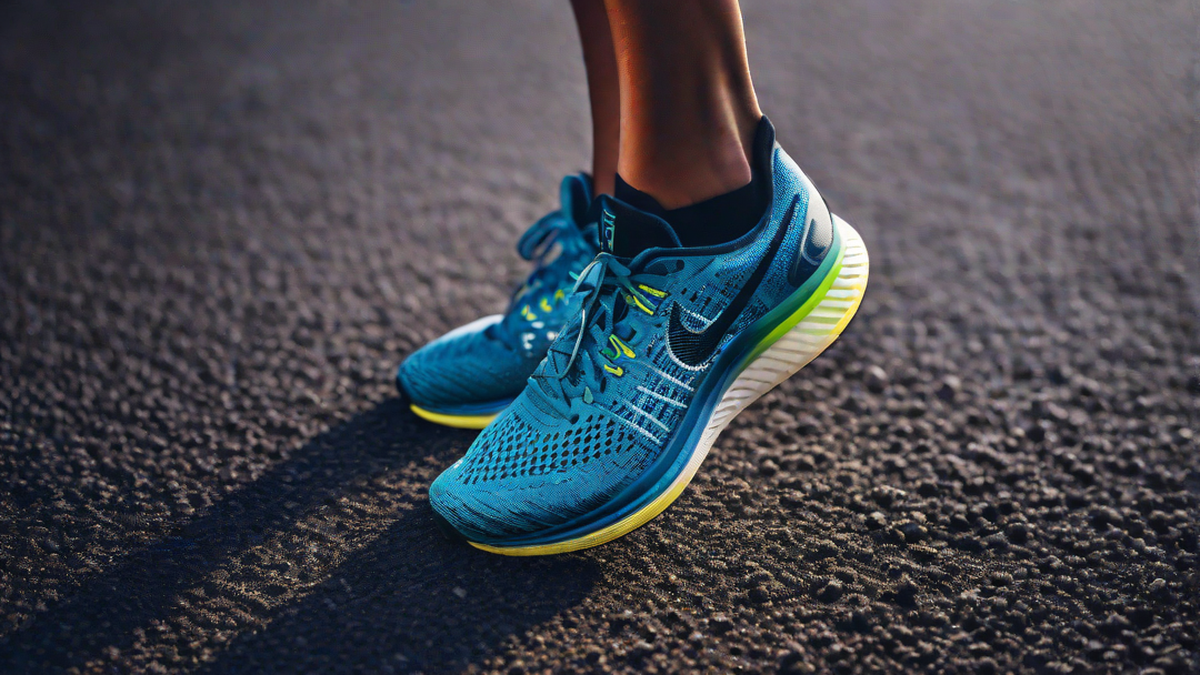When it comes to running, having the right pair of shoes can make a world of difference in both comfort and performance. As a passionate runner myself, I have spent countless hours researching and trying out different types of running shoes to find the ones that work best for me. In this article, I will share my personal insights and provide detailed information on which type of shoes are considered the best for running.
Running Shoe Types: A Brief Overview
Before diving into the specifics, it’s essential to understand the different types of running shoes available in the market. Generally, running shoes can be categorized into three main types:
- Neutral cushioning shoes: These shoes are designed for runners with a neutral gait and provide cushioning and support without any excessive stability features.
- Stability shoes: Best suited for runners with mild to moderate overpronation, stability shoes offer additional support to help correct the inward rolling of the foot.
- Minimalist shoes: With a lightweight and flexible design, minimalist shoes aim to mimic barefoot running and promote natural foot movement.
Now that we have covered the basics, let’s delve deeper into which type of running shoes might be the best fit for you.
Consider Your Running Style and Foot Mechanics
One crucial factor to consider when choosing running shoes is your running style and foot mechanics. Do you have a neutral gait, overpronate, or underpronate (supinate)? Understanding your foot’s natural movement pattern can guide you towards the right type of shoes for optimal performance and injury prevention.
If you’re unsure about your running style, it’s worth visiting a specialty running store or consulting with a podiatrist to get a gait analysis done. This analysis will provide valuable insights into your foot mechanics and help you make an informed decision when purchasing running shoes.
Neutral Cushioning Shoes: The Jack of All Trades
If you have a neutral gait and minimal pronation, neutral cushioning shoes may be the best option for you. These shoes offer a good balance of cushioning, flexibility, and responsiveness, making them suitable for both short and long-distance running. They are ideal for runners who don’t require excessive stability features but still want a comfortable and supportive running shoe.
Stability Shoes: Support for Overpronation
For runners with mild to moderate overpronation, stability shoes are designed to provide extra support and stability. These shoes typically feature a medial post or a firmer foam on the inner side to limit excessive inward rolling of the foot. Stability shoes can help correct your gait and reduce the risk of common overuse injuries associated with overpronation.
Minimalist Shoes: Embracing Natural Foot Movement
Minimalist shoes have gained popularity in recent years among runners who desire a more barefoot-like experience. These shoes have a minimal amount of cushioning and support, allowing your feet to move more naturally. However, it’s crucial to note that transitioning to minimalist shoes requires a gradual adaptation period to avoid potential injuries, especially if you have been running in traditional shoes with more support.
Other Factors to Consider
While understanding your running style and foot mechanics is essential, there are a few other factors to consider when choosing running shoes:
- Comfort: The shoes should fit well and feel comfortable from the moment you put them on. Take the time to try different brands and models to find the perfect fit for your feet.
- Cushioning: The level of cushioning required may vary depending on your running style and personal preference. Some runners prefer a softer, more cushioned ride, while others prefer a firmer and more responsive feel.
- Durability: Look for durable materials and good construction to ensure the shoes can withstand the demands of regular running.
- Price: While it’s tempting to splurge on the latest and most expensive running shoes, it’s important to find a pair that fits within your budget. Remember that a high price tag doesn’t always guarantee the best performance.
Conclusion
Choosing the right pair of running shoes can greatly enhance your running experience and help minimize the risk of injuries. Whether you opt for neutral cushioning shoes, stability shoes, or minimalist shoes, it’s crucial to consider your running style, foot mechanics, and personal preferences. Remember, what works for one runner may not work for another, so take the time to find the shoes that feel comfortable and support your individual needs. Happy running!

